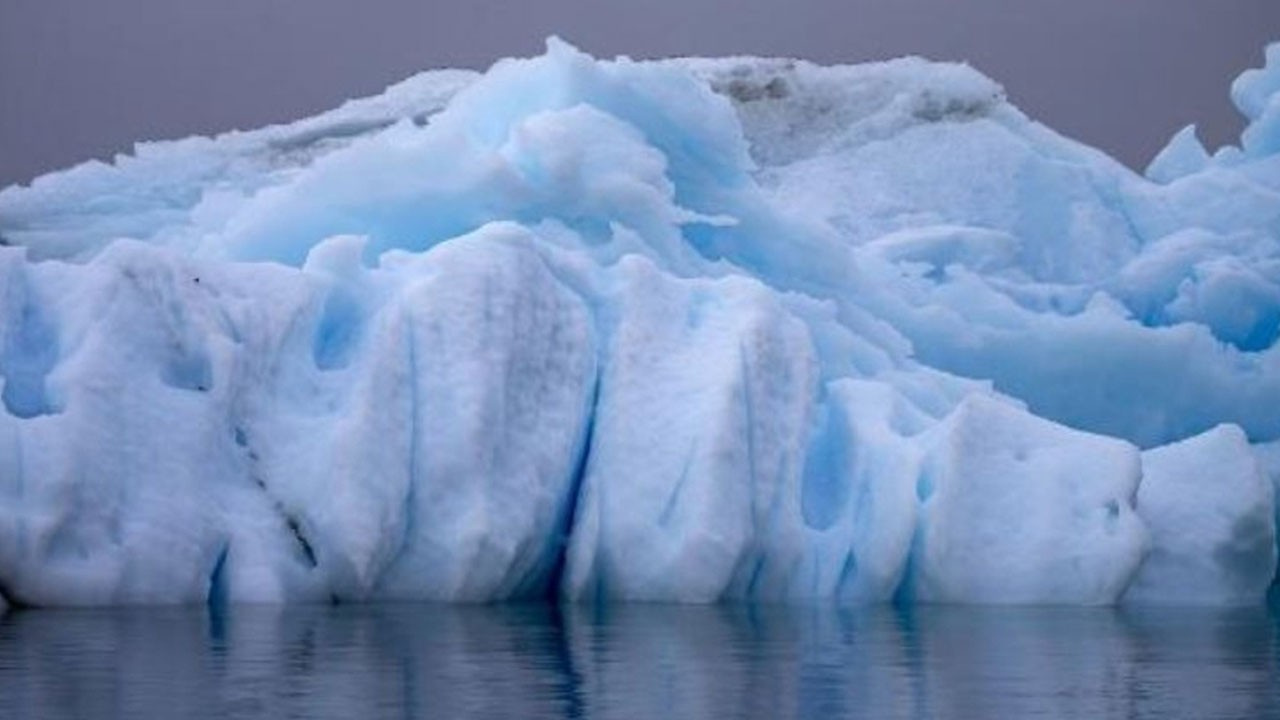According to the news of The Hill, for the study, the findings of which were published in the journal Microbiome, ice floes extracted from the Guliya ice sheet, which is located at an altitude of about 6,700 above sea level, were analyzed.
They survived stuck in the ice
The researchers stated that 28 of the 33 viruses found in the samples were previously undiscovered and that these viruses survived by being trapped in ice.
Zhi-Ping Zhong, lead author of the study, who developed a purification process to study ice, said: “These glaciers formed gradually, and many viruses accumulated in this ice, as well as dust and gases. The glaciers in western China have not been studied much, and our aim is to use this information to understand past environments. . Viruses are also part of these environments.” said.
Matthew Sullivan, one of the authors of the study, stated that these viruses are viruses that survive in harsh environments, “These viruses have distinctive genes that help them infect cells in cold environments.” he said.
Sullivan said the purification method Zhong used to study microbes and viruses in the ice could help these genetic sequences to conduct research in other extremely icy environments such as Mars, the Moon or the Atacama Desert.
Lonnie Thompson, the study’s senior author, noted that two previous studies have identified viruses in the glacier and that scientists “know little about viruses and microbes in these extreme environments and what’s actually out there.”
“How do bacteria and viruses respond to climate change? What happens when we move from an ice age to a warm period like the current one? This is extremely important to document and understand,” Thompson said. he said.
The research was led by the Ohio State University Byrd Polar and Climate Research Center and the Tibetan Plateau Research Institute of the Chinese Academy of Sciences.
–


